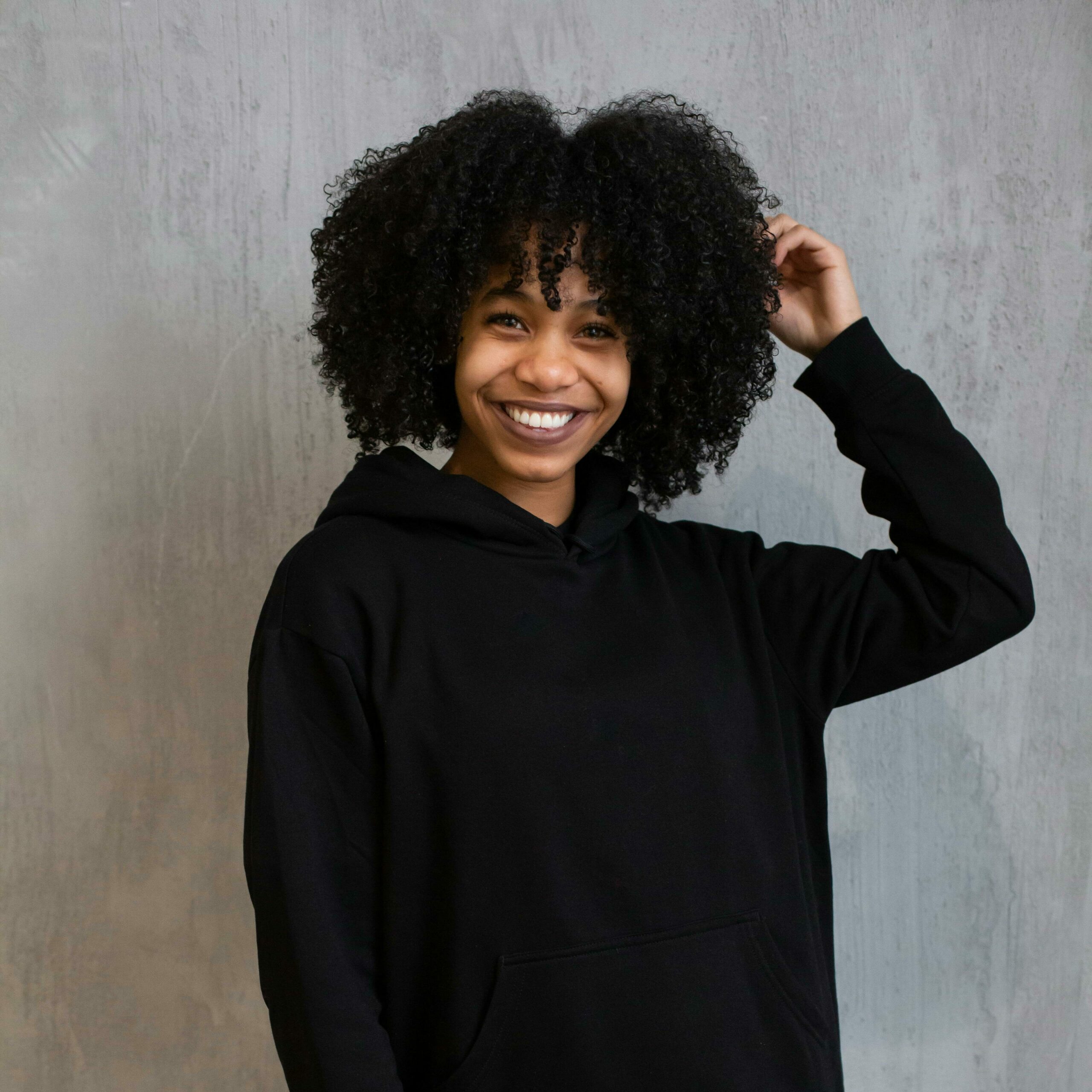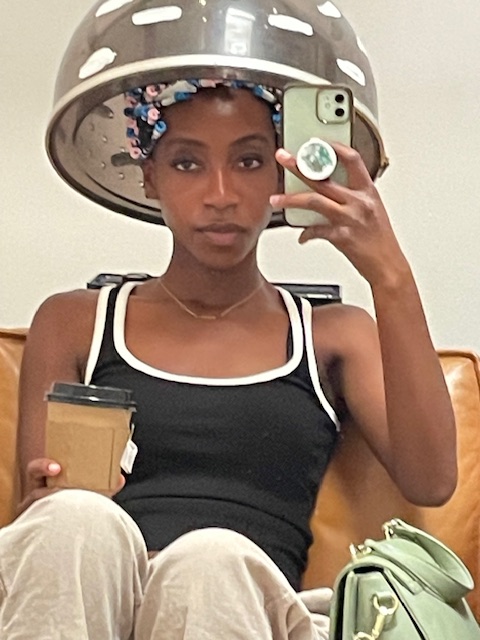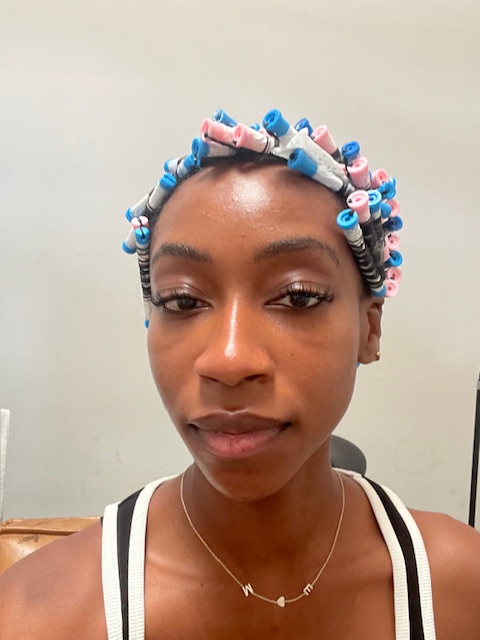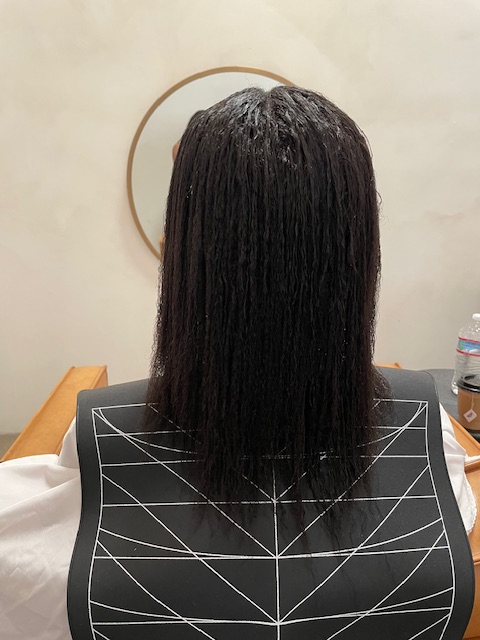
If we can count on anything in life we can count on humans wanting to change up their norm. From our clothes, to our diets, to our makeup routines, we seem to have this innate discomfort with sameness. This need for change is even more glaringly obvious when we look at hair trends over the years. Whether you have straight or curly hair, from as early as the late 1900s people have paid good money and gone to great extremes to change their hair in the name of beauty and ease.
History of Hair Altering
Perms, relaxers, texturizers. These are chemicals that have a long, thorough history and have been used and popularized throughout several cultures and races. The first manufactured hair wave was credited to French stylist Marcel Grateau who invented the method of curling hair with heat (somewhat of a curling iron) for Parisian sex workers, but the process was grueling. Then in 1906 Karl Nessler created a longer lasting curl by combining heat and chemical processing to the hair. This involved caustic chemicals, and the heating of metal rods which inevitably caused damage to the hair.
Marjorie Warner invented a helmet-like machine for African Americans who wanted to straighten or loosen their already curly hair. Ms. Warner patented this device in 1928 and was the first black woman to own a patent.
With the obvious trend of altering one’s hair structure on the rise, Arnold F Willett sought a more permanent solution and created the first perm by using rods and ammonium thioglycolate to open the keratin structure and reseal it with another chemical solution.
Jheri Redding, an Irishman, reinvented the perm and it was coined the “Jheri Curl”. This look used even narrower rods to achieve a tighter curl. It’s known for its glossy and wet appearance. Comer Cottrell, a black hair care business owner popularized the Jheri Curl in the black community. Celebrities like Lionel Richie, Ice Cube and Michael Jackson all rocked the loosened curl look.
Treatment Process
The Jheri Curl
- Involves dividing hair into sections
- Uses a relaxer. A relaxer typically includes sodium hydroxide (lye) or no lye (guanidine hydroxide or calcium hydroxide). Lye is stronger and works quicker on the hair bonds but because it has a higher pH it can be more sensitive to the scalp and cause more damage to hair if not treated correctly or timely. The lye cream weakens the internal protein structure which causes the curl pattern to loosen on coily/curly hair. No lye is slightly milder than lye relaxer and less abrasive to the scalp.
- Once the hair is straight, you neutralize it with shampoo
- Apply curl activator to hair and apply perm rods to shape curls
- When perm rods are removed and final results are down, moisturize hair thoroughly.
Gina Curl
- Gina curl uses ammonium thioglycolate instead of lye to break down cystine bonds rather than the whole protein in the hair like in relaxers. This relaxes the curl pattern without causing extra damage.
- The ammonium thioglycolate is washed out and a shaping solution and heat protectant are applied to the hair.
- Specifically sized rods chosen based on curl desire are placed in hair.
- Hair dries for 2-3 hours under hooded dryer
- Neutralizing solution used and hair washed.
- Moisturizer and conditioning agents/serums applied to hair to moisturize
Aftercare for Jheri Curl vs Gina Curl
Jheri Curl aftercare depends on applying an activator to the hair everyday to maintain curls and applying water and moisturizers to keep hair from drying out. However this process is still less tedious than maintaining thicker, tighter curled hair. Deep conditioning is necessary. Historically it was known to be common for people to sleep with a shower cap to maintain constant moisture in hair.
Gina curl also requires moisturizing your hair but it’s not necessary to moisturize everyday or apply an activator for curls everyday. Typically moisturizing depends on dryness but can be every three days or every week. Deep conditioning treatments are also warranted. The Gina Curl requires three days of not washing the hair so the curls can set. It’s imperative during this time you don’t stretch your curls at all or the curls will set to the stretched state. No tying hair back. Use water to spritz up curls to your liking as the longer the curls are in their defined state, the more likely they will stay defined after washing.
Because Jheri Curl can require more moisturizing of the hair than the Gina Curl, the Jheri Curl is often known for its glossy, wet and glowy look whereas the Gina Curl can have more of a natural curl appearance.
Price and time
The Jheri Curl treatment can last about 2-4 hours and typically ranges in price from $50 to $200 as the product is also widely available for home use too.
The Gina Curl can only be done in a salon by a trained Gina Curl specialists. It can last anywhere from for 5-8 hours or more and cost a whopping $950.
My opinion on the Gina Curl
Now I’ve never done the Jheri Curl but I was an avid relaxer user in my youth and my hair would always burn no matter how long the relaxer was on my scalp. I do think the use of the ammonium thioglycolate (thio) helps reduce sensitivity to the scalp and over processing of the hair but the main reason that seems to allow for growth and reduce damage is avoiding processing the roots for too long. During my Gina Curl, the thio chemical was left off of my roots and only applied for about 2 minutes. So the roots and edges aren’t as processed as the rest of the hair but it’s processed enough where there’s not a noticeable difference between the two textures and the scalp is left feeling completely fine.
$950 is very pricey for a hair treatment especially if you have to retouch every 6 months but this is definitely not the treatment for everyone and that’s okay. The process itself calls for a higher price point as there was a great deal of precision and maintenance involved in the application. From the continuous application of solutions and several stops to washing the hair to the rolling of the narrow rods all over my hair. It’s a tedious process. The stylist can maybe take one additional client during the drying process but even that would have to be timed out perfectly. This process took 7 hours for me, I was there at 9am and left at 4 pm so that’s nearly a workday. So while the price is high, I can see why, as the stylist will basically only have that one client in a workday.



In my research I have seen very successful stories with the Gina Curl maintaining people’s lengths and just cutting the time it takes to wash your hair or get ready in the morning. It’s night and day. I’m excited to go on this new journey and so far I don’t regret one thing about this treatment. For me, the purpose of getting this treatment wasn’t to fit into any social norm or even for aesthetic reasons. I needed the ease of a washday and hair care that relaxers or less coily hair provided me. The day a solution comes out that allows me to keep my 4C hair but helps prevent tangles, snags and breakage while also minimizing my 6-hour wash/detangling days, I’m there! For now the Gina Curl is my solution and I’m excited to see what it entails. After all, hair will grow back (typically) and so I want to change my style as much as possible til I find what works for me!
So far, I’ve spritzed up my hair with water and let the curls do their thing. Today, Sunday 1/21/24, I’ll have to wash my hair and see how the curls will be sitting. Updates will be provided in terms of maintenance, wash day, shedding, etc., so I can provide a more rounded review on the Gina Curl.
References
https://historydaily.org/permanent-wave-facts-stories-trivia/2
https://hairstalent.com/official-ginacurl-homepage/
https://www.ilovevirgo.com/about-virgo
https://medium.com/@la.belle.cleopatre/relaxers-no-lye-vs-lye-explained-73a3bff5e155
